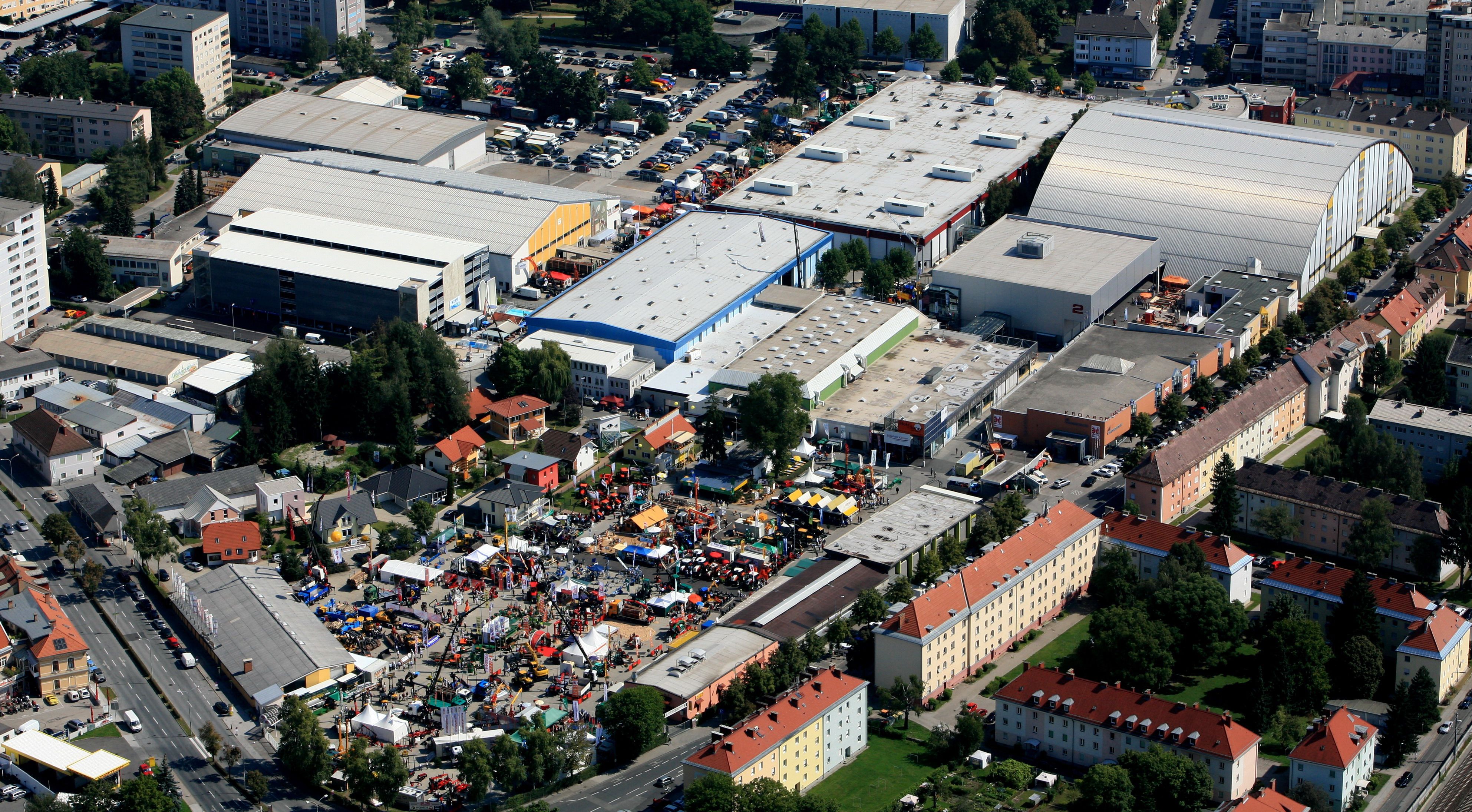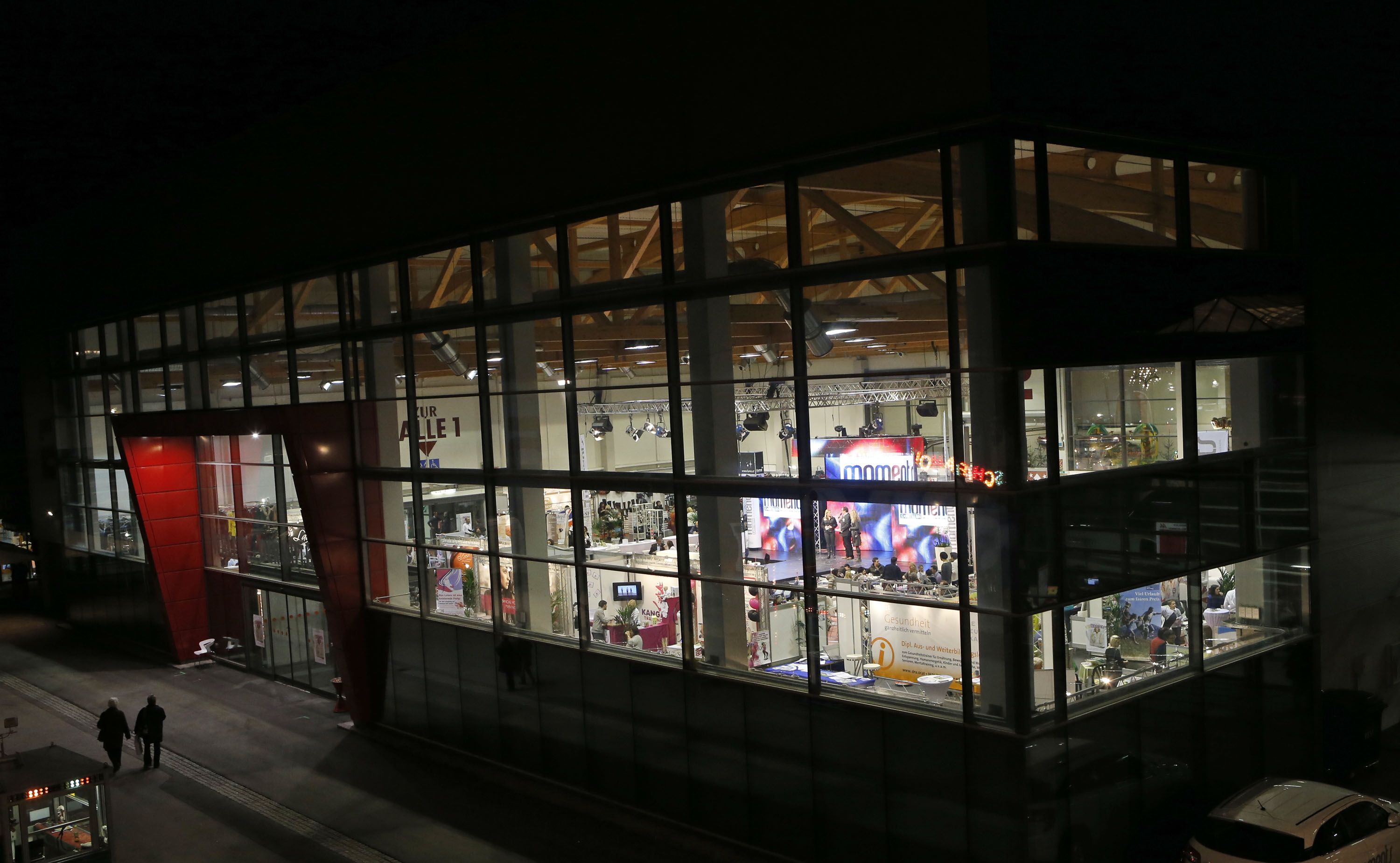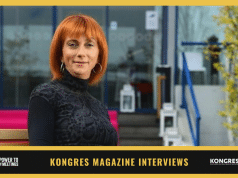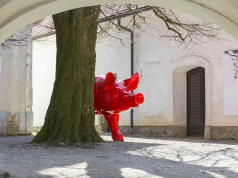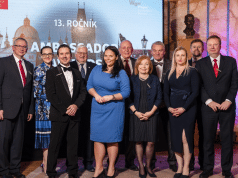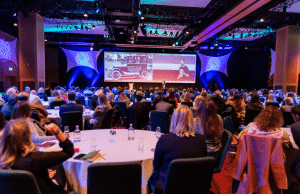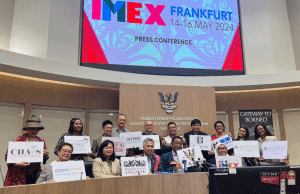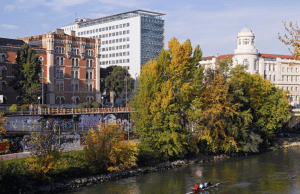Markus Fritz, Marketing and Sales at Messe Kärnten
Q: Tell us more about the way you position yourself in Carinthia? Who are your partners and how do you compare yourself to other facilities that have equivalent space?
Our key asset is that we can combine our services with fairs (which is our main business) taking place and we can also channel the configuration for seminars and conferences and furthermore combine them with fairs, so it can be a parallel space.
For venues that request a bigger space, hotels usually can’t fit them all and so we become the main provider for them.
We can easily handle smaller seminars and events in our seminar rooms, but making an event that starts with 500 persons is also piece of cake. Other than comparing us to the stadium, we are the biggest provider.
The number of conferences and congresses is changeable, so it is hard to predict the exact number. The maximum number of people we can accommodate at any one time is 8,000, so we are really prepared for everything.
We are placed in the centre of the city, which means you can combine the key event with side events. Hotels and accommodation are pretty close and of course we also have Wörthersee, which is really just 5 minutes from our fair. The landscape of Carinthia is just amazing.
We work with contracting partners who get us exhibitors from Slovenia, Italy, Croatia, Germany, Serbia and we also have one from the Norwegian region (for the International Wood Fair). Our main marketing focus is on direct mailing, media print/online and advertisements, mostly focusing on the Alpine regions, Austria, Slovenia and Italy, from where it is still convenient to get here by car. As the distance is usually a key factor, we focus on the south Austria region. For international fairs the distance doesn’t play such an important role, as we get people from all around the world to our fairs.

Q: What do you see as crucial marketing elements to impress meeting planners?
I believe it is our space. If we cannot fit their requirements, there is no other place like this where it can be made to happen. The whole facility wasn’t built at the same time – we started with the first hall that was subsequently upgraded to the requests and needs of the market. When the bigger fair was planned, and there was the need for a second one, they built another hall.
Now we have five of them. So, this is a special project that cannot be compared with some that were planned to be as big as we are from the beginning. We have grown over time, which can also be a disadvantage, because what was requested 40 years ago does not fit for 2016 requirements. However, we try to do our best to provide and fit our rooms and halls to the requests of congresses an the needs of potential clients.
SPECIALISTS FOR FAIRS
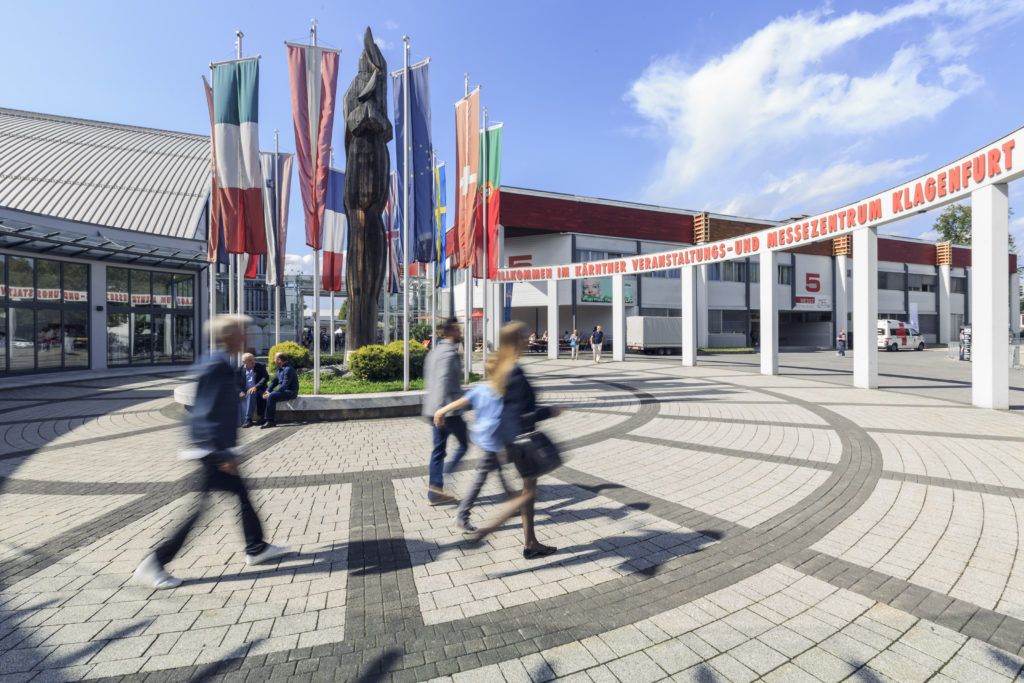
Q: What kind of business challenges did you face in the past and what kind do you face today?
My background is in the IT business; I previously worked in a bank, in the marketing section, and we had national and international meetings taking place directly in our seminar rooms. We organised webinars, having discussions in online meeting rooms. The necessity of meeting somewhere else is not requested so much any more.
The bigger events taking place are integral to the big companies that organise huge events. Smaller ones have their own equipment to be as cost efficient as possible, as we also need to make our earnings and all the extras that come with organising events bring expenses.
IT is a key part of this; we build a new room for presentations and meetings that is an optimal solution for smaller congresses. Wi-fi access is not something that people request anymore – it is a necessity that people expect at the destination. The only question now is whether we have an open password system or closed.
We try to differentiate ourselves from others by being flexible and spacious, which gives us the freedom to adjust to the customer’s needs. Our congresses usually start from up to 500 people, although we can go lower and do smaller events. But it may be too expensive for the minor organisers and that can be a key element when choosing our venue.
Q: An important factor in the success of a fair is in growth and development of the offer. How are you upgrading your fair?
We cannot discuss this now, as we are just in the middle of the new development plans. It is not just the IT element where we have to keep up with the competitors, but for sure we are planning to develop this area too. Congresses and partners are requesting smaller meeting rooms, where they can also have workshops and team building sessions. This we can also offer at the moment and in future eyes also have to be laid on this even more. To be flexible so that all kinds of customer needs can be fulfilled with our rooms and halls.
Q: What is crucial to ensuring a good turnout at a fair?
To start with a competitive and cost efficient price. Today people are usually asking for cheaper options, but forget to realize low prices cannot always fulfil high expectations to a 100 percent.
We need to have a return on investment for our employees, but we also try to offer a fair price; we try to adapt it to best fit their needs for the event.
We have our basic professional pricelist for the events, but we usually negotiate depending on what organisers need. In every case money counts and we try to satisfy the customer’s needs – I do believe we have a pretty good reputation as a fair and well-organised team. We have our own technician, but for bigger venues we work with contracting partners who communicate with the event partners and are connected with our in-house team to fulfil all the necessary requirements. Our equipment is always managed by our in-house staff who are present at venues.
Q: What is the role of national tourist organisations and what is the role of the private sector in promoting fairs?
For the city, I believe it is a key asset to communicate the relevance of having an event space like this inside the city and a great opportunity to promote the area. Carinthia is well known for its countryside and landscapes. If I was only searching for meeting and congress rooms I could easily find that in Vienna, for example, but if you wish to have flair, or some sort of ‘special experience’, then you come here – and this should be promoted by the city. Cooperation is good, but it can always improve. There are a lot of things going on – the mayor of Klagenfurt, Mrs. Matijašič, is on the board of directors of Carinthia fairs and keeps a direct eye on us and values us, which is amazing.
Privately owned companies are also really connected with us. We have a lot of company events, from launching new products and lending equipment to others, to organising their presentations and Christmas parties. They value our location and we believe they are the great promoters for the region as well.
Q: What kind of marketing are you doing to attract more participants?
We advertise to specific target groups that we wish to attract. We are working with Kärnten Convention to promote our seminars and congress, and Carinthia fairs in general. If you are in the congress business you cannot exist without partnering up. I wouldn’t advise not being part of the convention, because it is quite a good institution. They select the most fitting locations on the requests they get and we receive offers from them.
Q: In what way do you try to make the fair attractive to a younger public?
By using the tools that young people use – we focus a lot on social media, although we do not use all of them as we are not a mass media, and we try to target our main customers. For the international wood fair we use online tickets, which is not common for us as a fair destination. Event partners use it for a concert, but for fairs, you know, you would usually get a ticket at the office counter before entering. But for our international fair it was important for me to offer this option, as we already had a request from international guests. We once had 30 people from Japan here and they would have wished to have had tickets in advance. We also get requests from hotels that would like to have tickets in advance.
In 2014 we relaunched our website to make it more responsive for use on a smartphone or tablet. We are always changing and we try to optimise our web page to make all the basic information also available in English. An English version is updated with information for international fares and main facts and figures, tickets etc. For all the other information we always think… is it interesting for them to read all of this other information? We keep it simple.
Q: Finally, for those who have never been to Klagenfurt, which places would you recommend?
I think people would love the Pyramidenkogel and I do believe people should visit our fair, especially at the time of our international wood fair festival, as our evening event that happens on Maria Loretto is pretty special and they have an amazing view of the Pyramidenkogel.
I think Villach is also really nice. And Worthersee is great. The combination of river and green spaces in the whole of Carinthia is just amazing.
Q: If people could visit just one of your fairs, which one would you recommend?
I like all of them, but for the international guests I would recommend our International Wood Fair event, of course this has to be their main interest. It is a great place for b2b clients and along with the side programmes you can really get to see what wood construction can look like.



